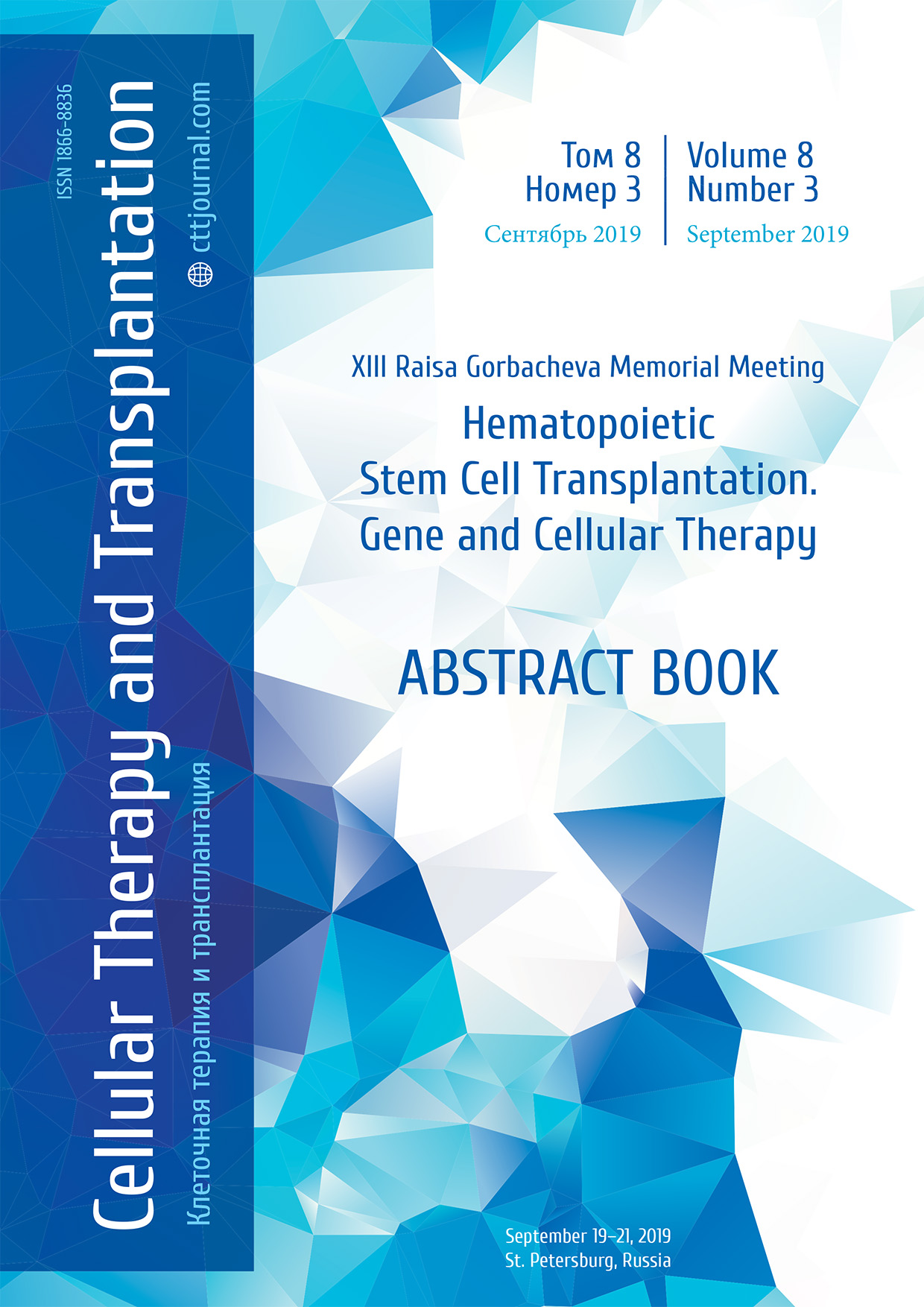“Sensory conflict” as a possible reason for the violation of the postural stability of children treated for cancer
Serafima M. Chechelnitskaia, Vladimir N. Kasatkin, Dmitrij V. Skvorcov, Marina A. Shurupova, Yury V. Saraikin, Aleksandra V. Baerbakh, Daria V. Zhuk, Vladislav A. Nikulin
Dmitry Rogachev Research Medical Center for Pediatric Hematology, Oncology, and Immunology; Medical Rehabilitation Research Center “Russkoe pole”, Moscow, Russia
Contact: Prof. Serafima M. Chechelnitskaia
E-mail: dar-2006@bk.ru
Summary
The success of modern medicine in cancer treatment suggests studies of the late toxic effects caused by anti-cancer therapy. Among other significant problems, the disturbed stability of vertical posture was described in numerous publications. The control of the vertical posture in a static position is ensured mainly by integration of visual and proprioceptive information, therefore, the oculomotor muscles can play a leading role in these disturbances. Disturbances of the vertical posture stability in children treated for cancer are described in publications elsewhere. The purpose of the study was to identify the dependence of postural control level on activity of the oculomotor muscles in the children treated for cancer.
Materials and methods
The study involved 184 children treated for cancer, and 60 healthy children underwent stabilometry in the Romberg test and Itracking. Stabilometry was used in order to assess stability of the vertical posture. The dynamics of homologous indicators was calculated during the transition from the position with open eyes (EO) to the position with closed eyes (EC). Activity of the oculomotor muscles was evaluated by the Itracking approach. Methods of nonparametric statistics were used for the data evaluation.
Results
We have revealed distinct correlations between the dynamics of individual stabilometric parameters, and saccadic activity. Maximal number of these relationships is characteristic to the scatter of pressure center coordinates and the length of the pressure center trajectory in the frontal plane. The Romberg Integrated Assessment Index has been developed. In 43.2% of children treated for cancer, there was an increase in stability of the postural balance when moving to the EC position, thus, probably, indicating to the leading role of oculomotor muscles in affected stability of the vertical posture in the children.
When moving from EO position to EC, 75.7% of the children of the main group improved their motion estimation; 50% showed an increased stability of the vertical posture in frontal and sagittal planes in the EC position. Correlation analysis revealed the relationship of average strength between the dynamics of individual stabilometry indicators and saccadic activity indexes; a higher negative result of the Romberg test corresponds to higher scatter of the gaze fixation points. Maximal number of the reliable relationships is characteristic to scatter of the center of pressure coordinates and the length of the center of pressure trajectory in the frontal plane, the area of the statokinesiographic ellipse. The degree of correlation is stably moderate, the coefficient of multiple correlation is in the range of 0.35 to 0.62. In our study, the improvement in postural stability during the transition from open to closed eyes can be explained by elimination of disturbing effects of the eyes or their appendages, e.g., oculomotor muscles.
Conclusion
The potential leading role of oculomotor muscles in posttransplant posture control allows us to recommend inclusion of oculography into the examination protocols, as well as a set of exercises for oculomotor muscles in rehabilitation programs for children treated for cancer.
Keywords
Childhood cancer, postural control, late toxic effects of anticancer therapy, oculomotor muscles.


